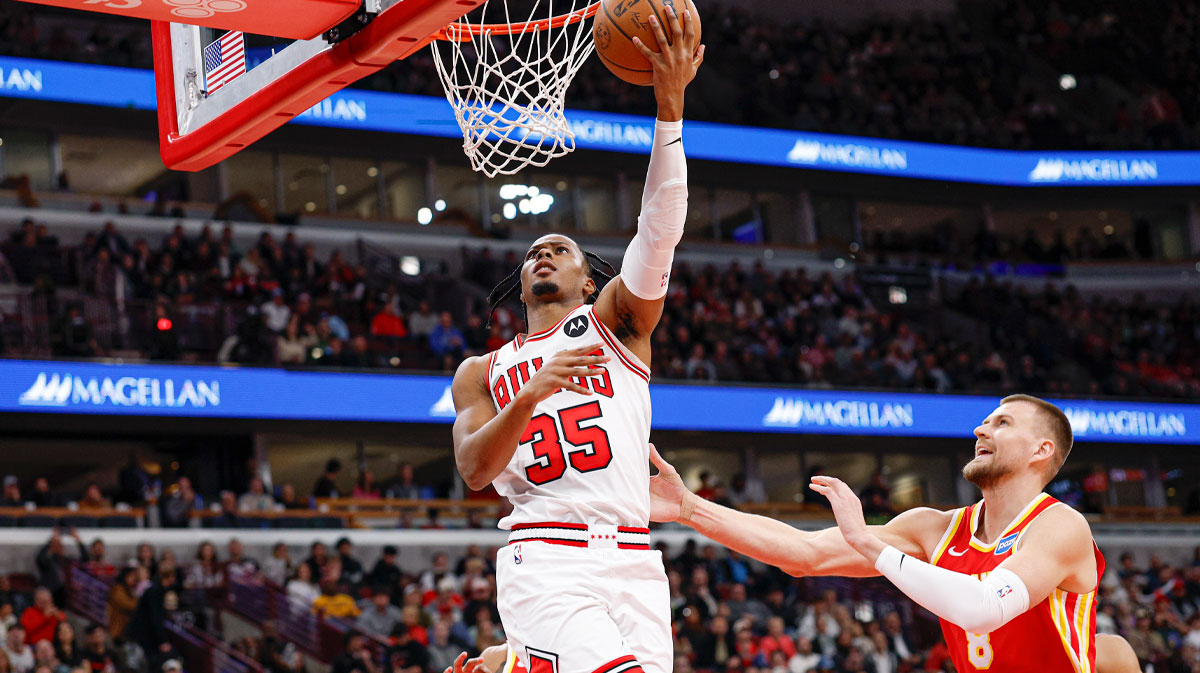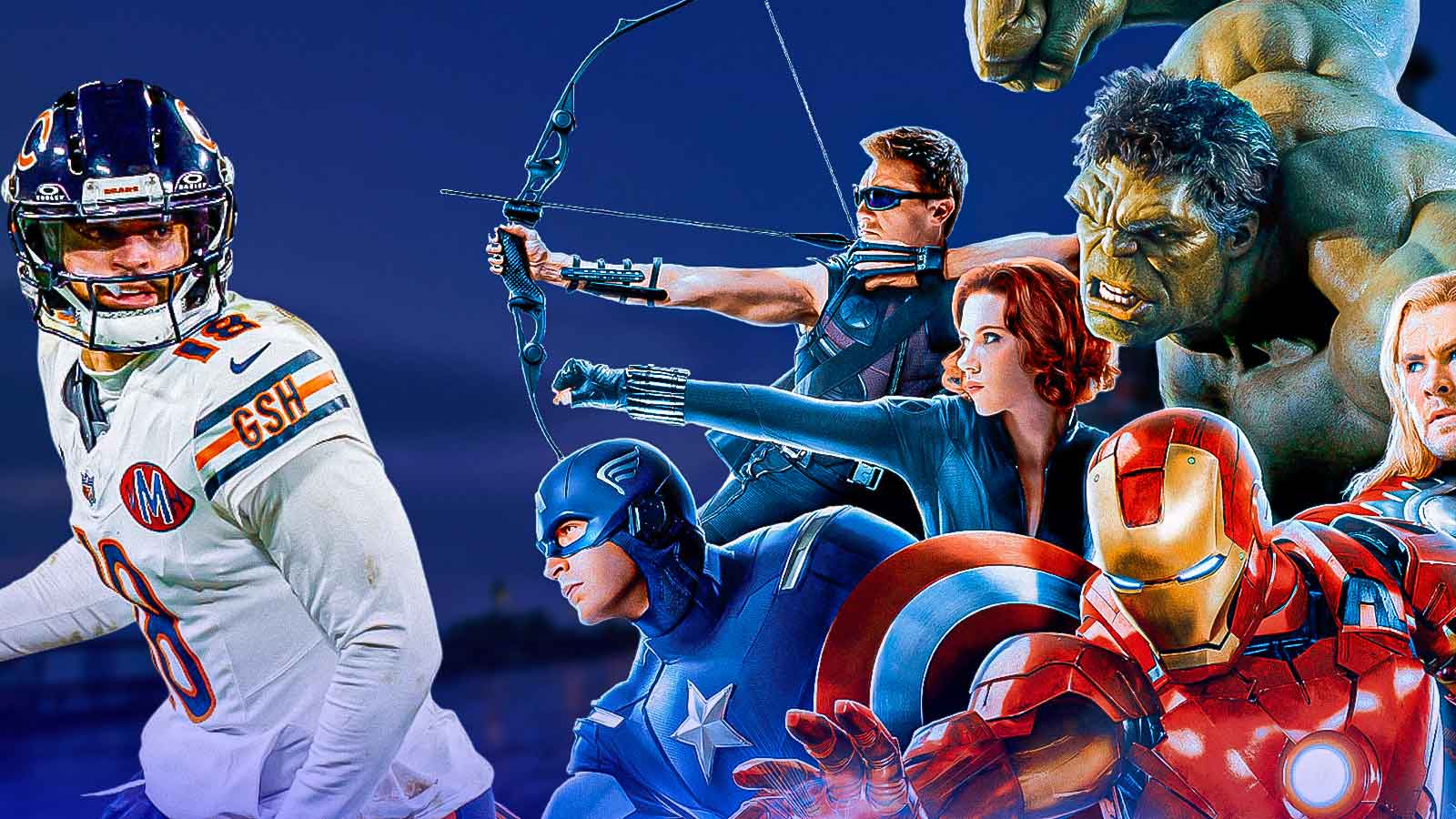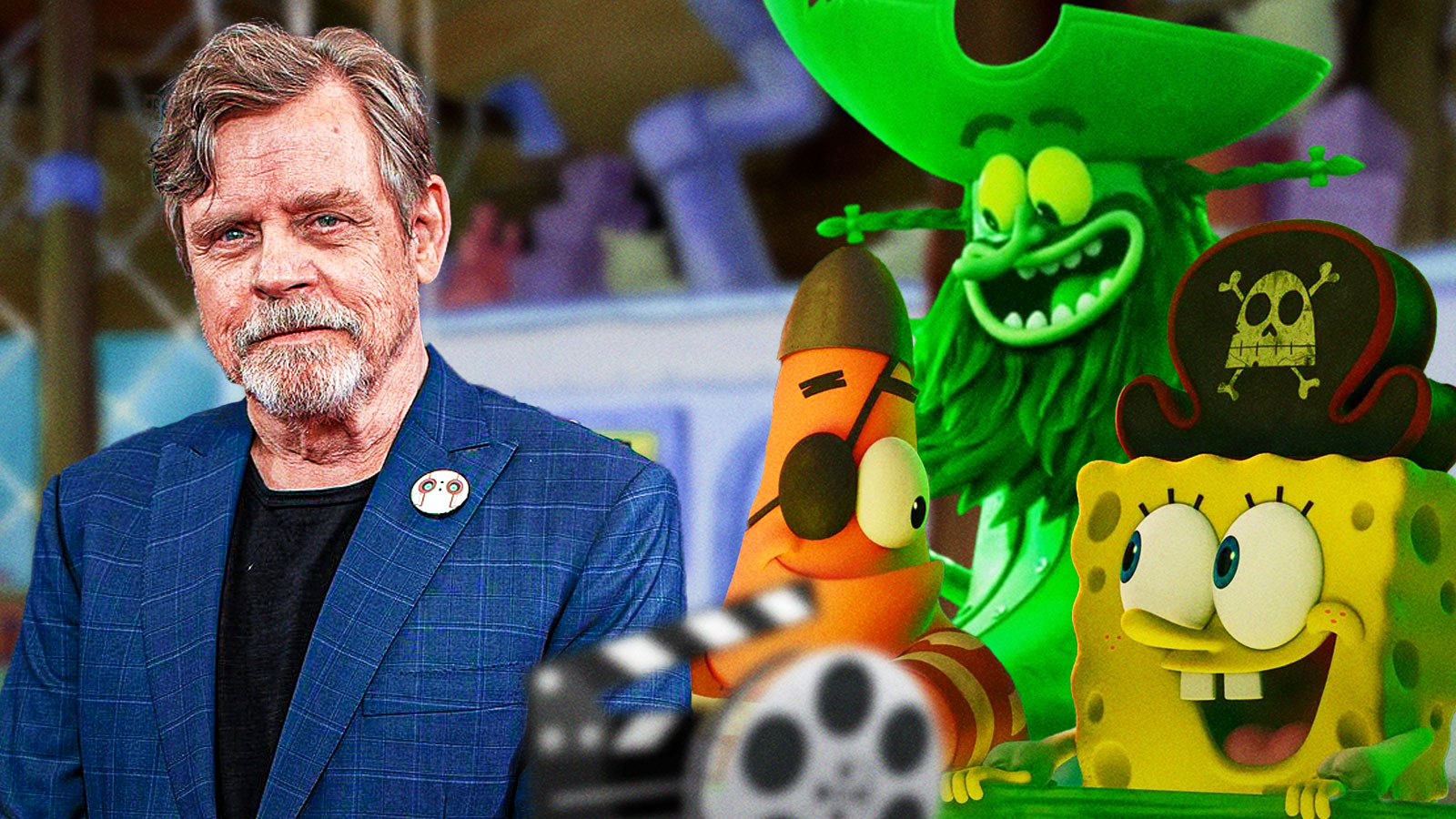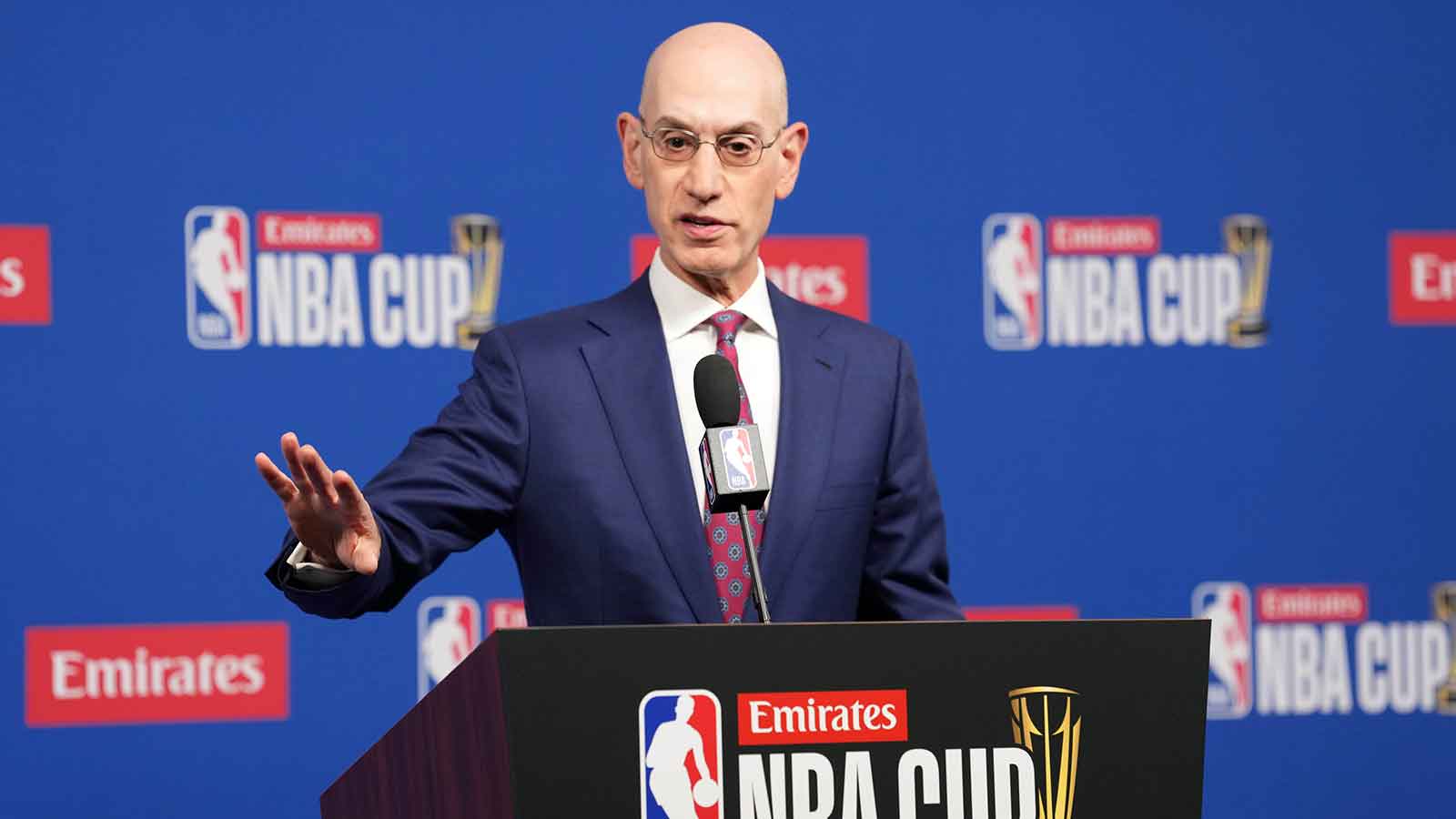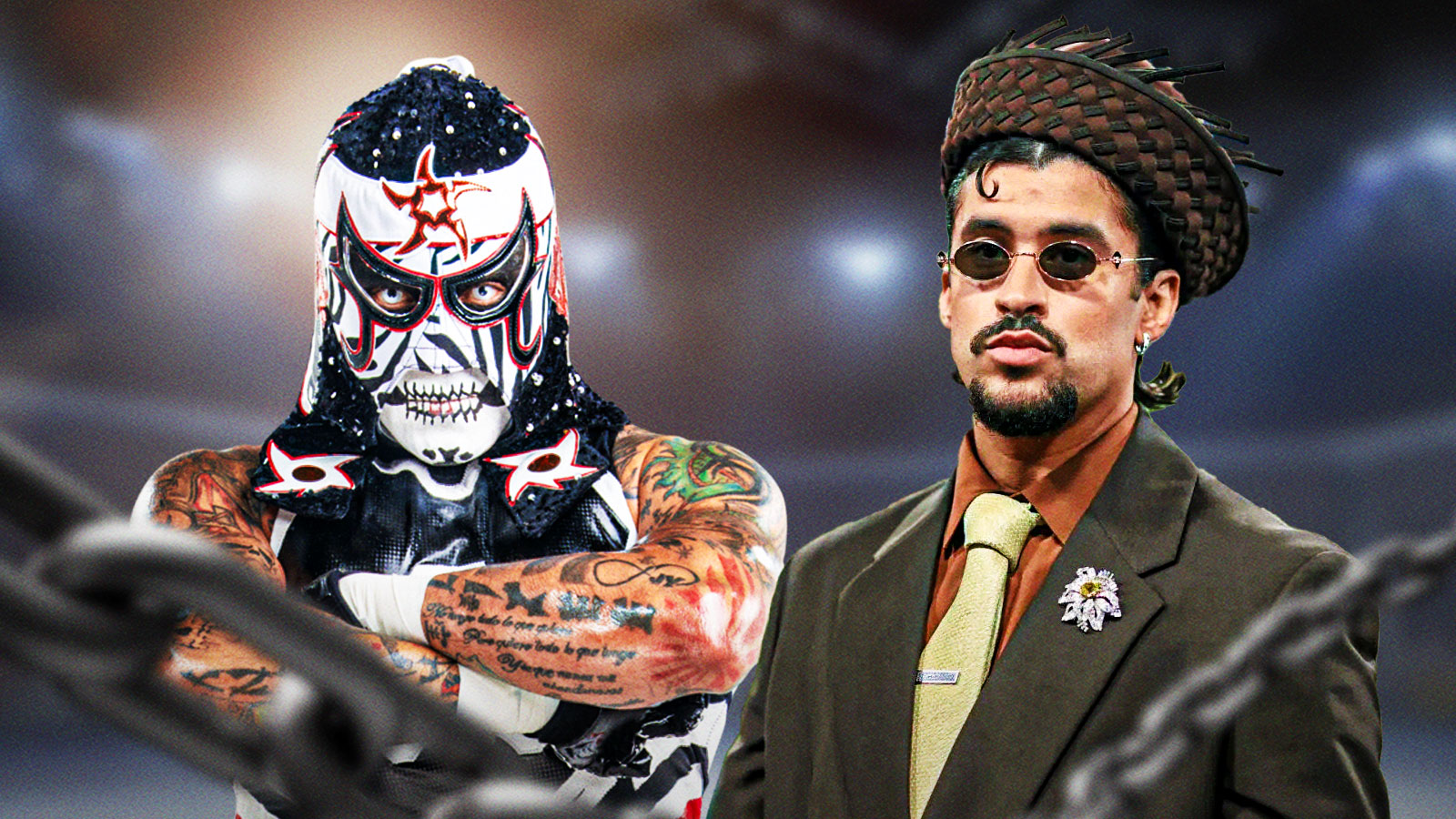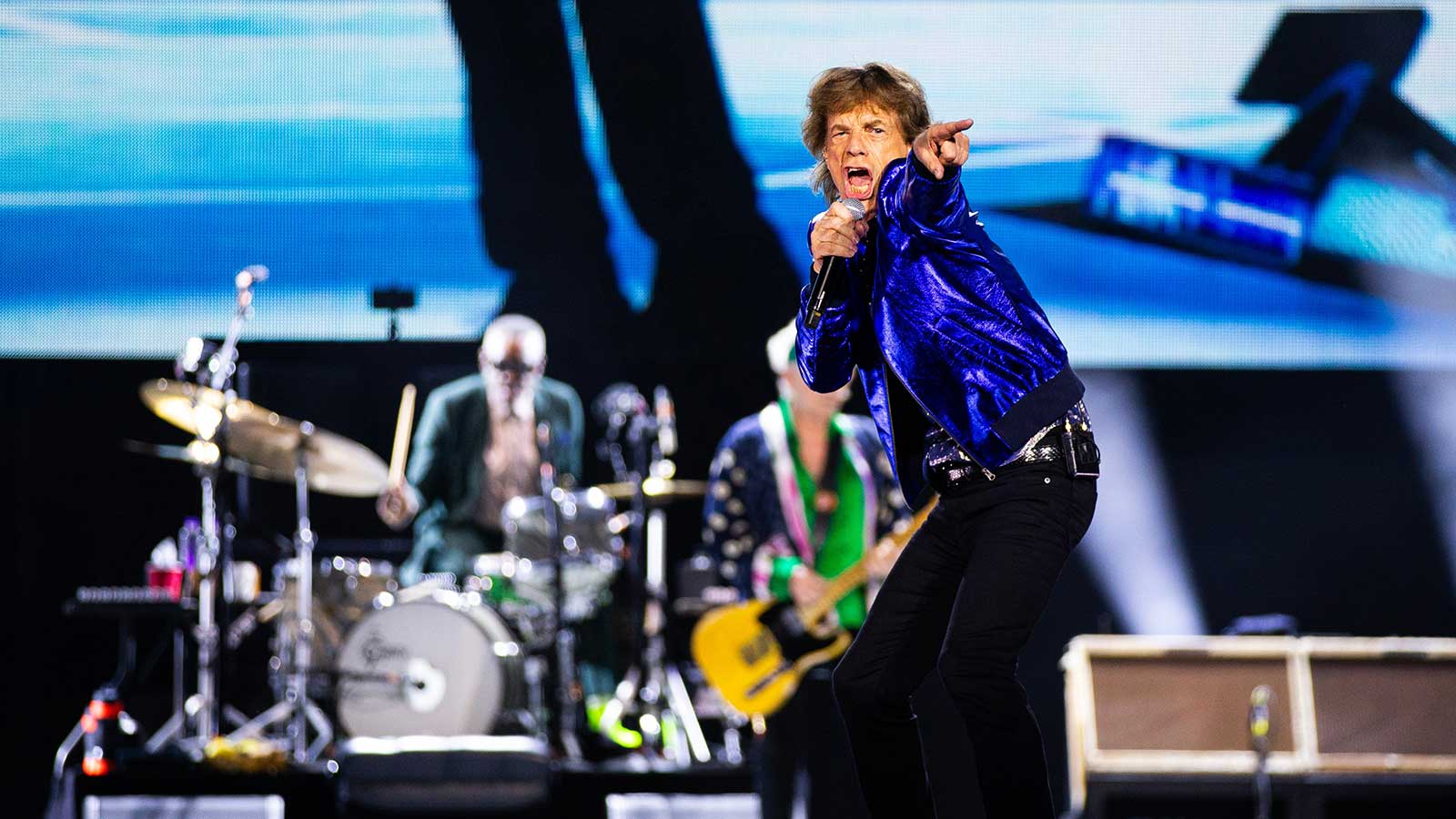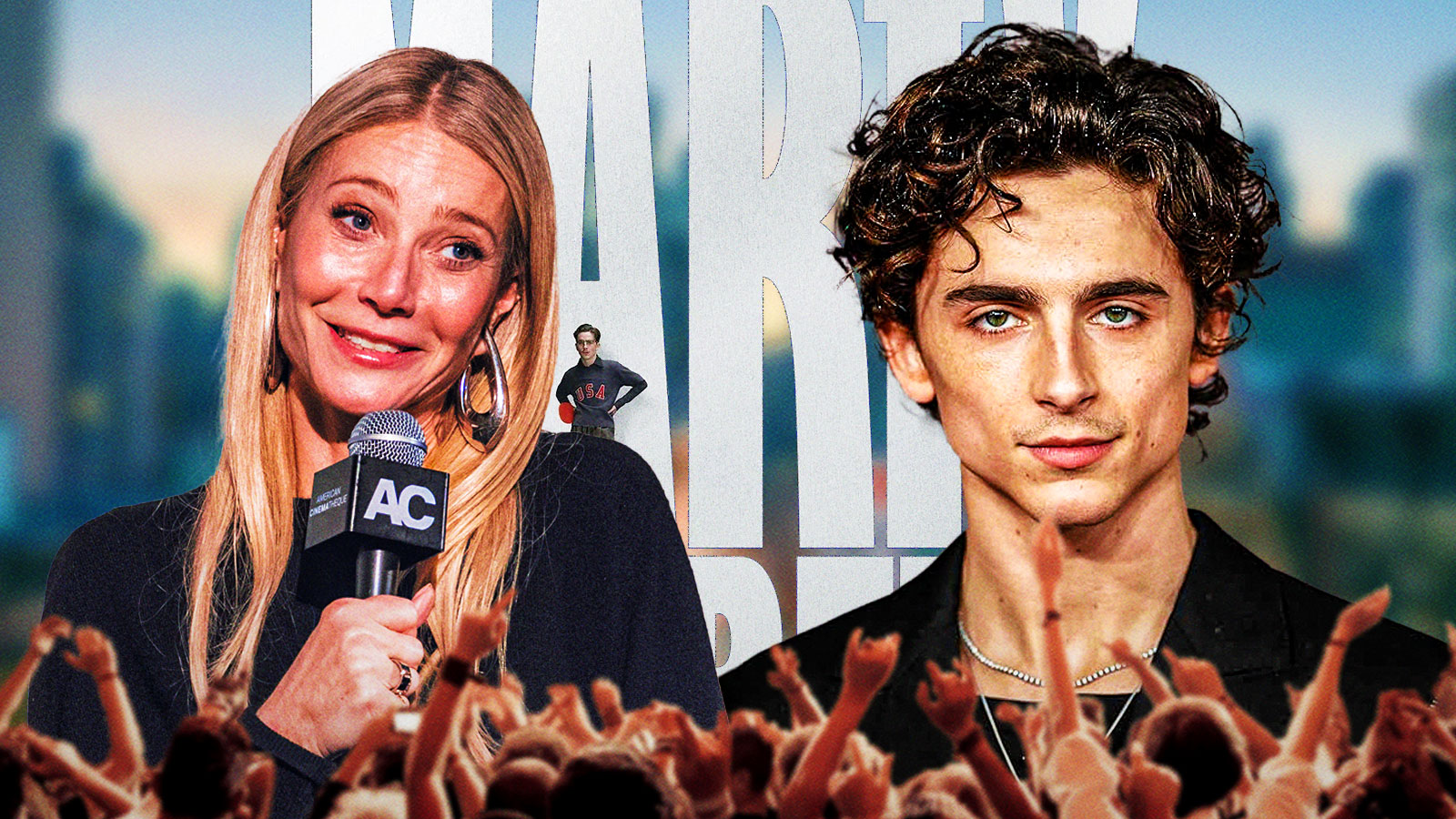For those who've read Suzanne Collins' prequel to The Hunger Games, The Ballad of Songbirds & Snakes film adaptation is an exciting treat. On the big screen, we get to see the story of Coriolanus and Lucy Gray Baird unfold, closely mirroring the source material.
Divided into three parts just like the book – “The Mentor,” “The Prize,” and “The Peacekeeper” – the film's faithfulness to the novel is impressive. Plus, the third-person point of view is in contrast with the first-person perspective of The Hunger Games trilogy. While staying true to its source, there are some intriguing differences.
The Ballad of Songbirds and Snakes Film vs Book
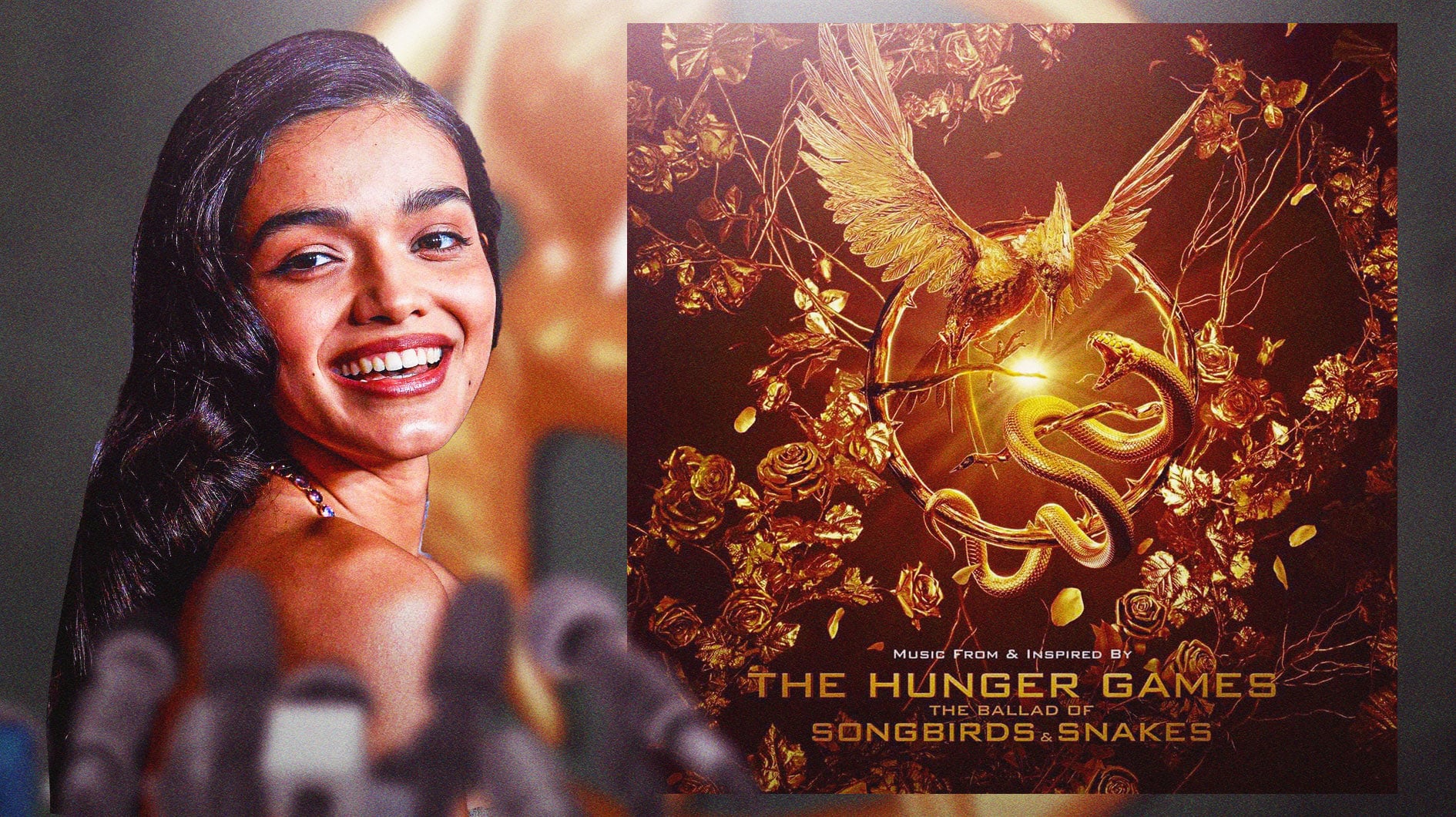
The film introduces a notable change in its portrayal of the “Dark Days.” It opens with a flashback featuring young Coriolanus and his cousin Tigris during this tumultuous period. Thus, establishing a tone distinct from the book. In contrast, the book initiates the narrative with Snow preparing for Reaping Day, delaying the depiction of the Dark Days scene.
Following the demise of the Snow patriarch, the film strategically incorporates the introduction of the Plinth Prize. This early revelation sets the stage for the financial challenges Coriolanus faces in pursuing a university education. This timing deviates from the book, where such details unfolded later, intensifying the urgency for Coriolanus.
With the earlier changes seemingly backward from the book, the prequel surprises with the announcement that Academy students will serve as mentors. In the book, Snow is already chosen as a mentor due to his academic excellence. Going down this path, showing Coriolanus is not too bright, coordinates with the way he and Sejanus jointly plan to help the tributes. Because in the book, it's solely Sejanus' idea, and Snow reluctantly goes along to avoid attention on Sejanus.
Various events during Snow's time as a Peacekeeper are also condensed in the film. The timing of Sejanus' appearance and Snow's orders to head to District 2 differ between the book and the film.
In a slight plot twist, the prequel portrays a confrontation in the cabin after Snow discovers guns, emphasizing trust issues. This contrasts with the book, where the confrontation unfolds later in the woods, driven by Snow's growing doubts about Lucy Gray.
Furthermore, the film alters Lucy Gray's presence during “The Hanging Tree” execution, potentially overlooking an opportunity to underscore her role in crafting the iconic song. A more pronounced emphasis on Lucy Gray's contribution to the songwriting process could have added depth to her character within the film's context.
Characters fate
When it comes to character fate, Clemensia's fate is left unrevealed after the snake incident. The book, however, shows Clemensia surviving with unusual side effects, becoming a mentor in future Hunger Games. The film also combines the characters of Lucky and Lepidus, altering the live reporting about tributes in the zoo. Lucky's signature pet parrot Jubilee doesn't appear in the film.
On a positive note, the movie delves a bit more into Tigris's character, especially in the end, providing additional context to Coriolanus's return to the Capitol and his family dynamics. This expanded epilogue is a welcome addition for fans, offering more from Hunter Schafer's portrayal of Tigris.
The Ballad of Songbirds & Snakes film adaptation stays true to its source material. It provided a cinematic flare and surprises for both avid readers and newcomers. The deviations add depth without sacrificing fidelity as well. For those seeking more, the promise of deleted scenes holds the potential for additional insights and hidden gems.
The Hunger Games: The Ballad of Songbirds & Snakes is in theaters.








